This week in Israeli history: April 21-27
Published April 21, 2022
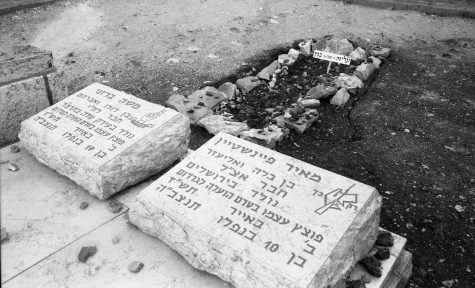
April 21, 1947 — 2 Jewish Militants Kill Themselves
Moshe Barazani, 20, of Lehi (the Stern Gang) and Meir Feinstein, 19, of the Irgun kill themselves with a grenade smuggled into their prison in Jerusalem to prevent the British from hanging them the next morning. Iraq-born Barazani had been caught with a grenade meant for the assassination of a British officer, and Jerusalem native Feinstein had been captured after participating in the sabotage of a railway station. They met in prison.
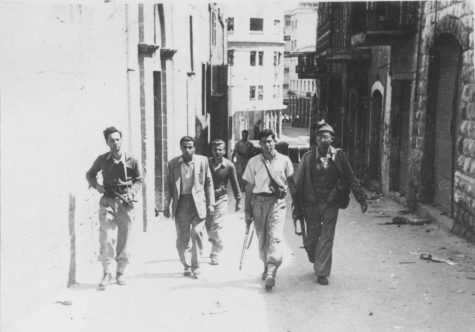
April 22, 1948 — Haganah Seizes Haifa
The Haganah executes a three-prong attack to secure control of all of Haifa except for the port, which the British hold, amid the violence ahead of the Israeli Declaration of Independence three weeks later. Up to half the city’s Arab population of 65,000 flees before the fighting, and an additional 30,000 leave during the battle and its immediate aftermath, leaving only about 4,000 Arabs in what was an ethnically mixed city of 135,000 people.
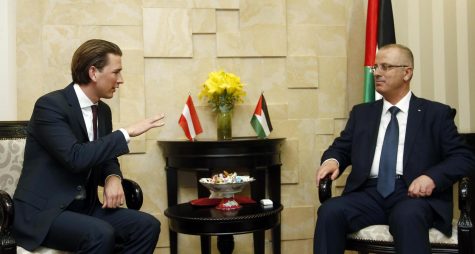
April 23, 2014 — PLO, Hamas Reconcile
Hamas and the Fatah-led Palestine Liberation Organization announce an agreement to end the violent seven-year rift that has left Hamas in control of the Gaza Strip while Fatah has ruled the Palestinian Authority-controlled parts of the West Bank. Because Israel refuses to negotiate with Hamas, which doesn’t accept Israel’s existence, the reconciliation pact ends peace negotiations facilitated by U.S. Secretary of State John Kerry.
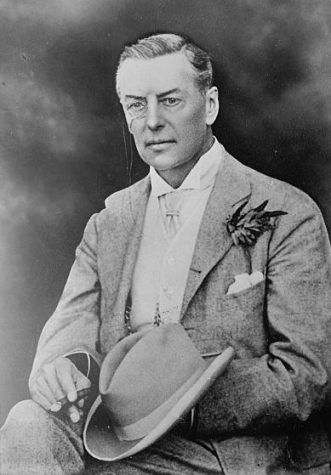
April 24, 1903 — Africa Is Proposed for Jewish Homeland
In a meeting with Theodor Herzl, British Secretary of State for the Colonies Joseph Chamberlain proposes a Jewish homeland in British East Africa. Known as the Uganda Proposal, the plan involves the Guas Ngishu plateau in Kenya. Herzl, who earlier proposed Cyprus or El Arish in Sinai as temporary Jewish homes, sees the idea as an interim step. The Sixth Zionist Congress in 1903 accepts the plan; the Seventh Zionist Congress in 1905 rejects it.
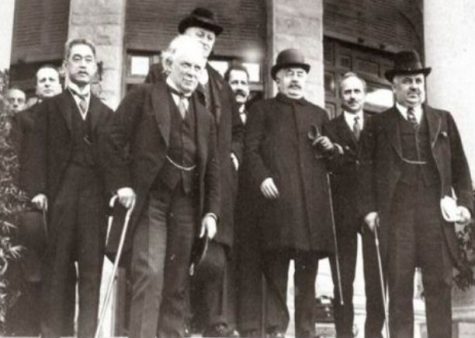
April 25, 1920 — 1st Palestine High Commissioner Named
Meeting in San Remo, Italy, to discuss the status of the territories of the former Ottoman Empire, the World War I victors adopt a resolution that accepts the Balfour Declaration, in which Britain promised in 1917 to support the establishment of a Jewish home in Palestine. The same day, British Prime Minister David Lloyd George asks Herbert Samuel to serve as the first high commissioner for the British Mandate of Palestine.
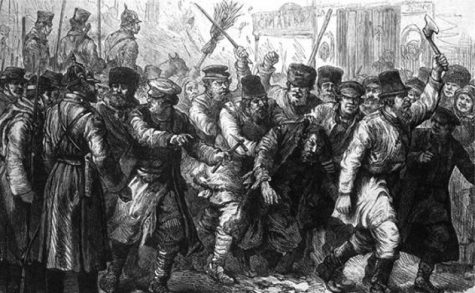
April 26, 1881 — Pogrom Hits Kyiv
Anti-Jewish violence in the Russian Empire since the assassination of Czar Alexander II in March sweeps into Kyiv after a fight breaks out. Rioters loot and destroy Jewish shops and homes. The first post-assassination pogrom occurred April 15 in Elisavetgrad (now Kirovohrad), and Kyiv officials were warned to prepare for trouble. The police chief told Kyiv’s Jews to protect themselves, and they were warned a day earlier to stay inside.
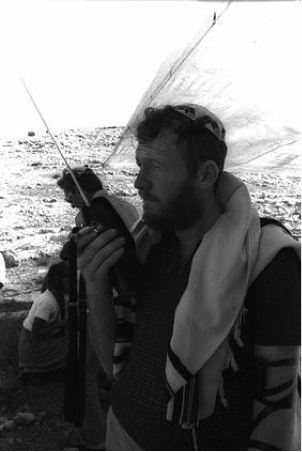
April 27, 1984 — Jewish Underground Members Are Arrested
After a two-year Shin Bet investigation, 15 members of the Jewish Underground, an anti-Arab terrorist group, are arrested before they can sabotage five Arab buses in eastern Jerusalem. Twelve more members are arrested in the following days in connection with a series of plots and acts of violence, including attacks on two West Bank mayors, the murders of three college students, and a plan to blow up the Dome of the Rock.
Items are provided by the Center for Israel Education (israeled.org), where you can find more details.















